How Can Businesses Make Jewelry Boxes Effectively?
Making good jewelry boxes is important for businesses. Bad boxes can hurt sales and reputation. Businesses need a good way to make them.
Businesses can make jewelry boxes effectively by using the right materials, following precise manufacturing steps, and using reliable machinery designed for rigid box production to ensure quality and consistency.
I know from my work at Kylin jewelry boxes Machinery that making a quality jewelry box takes care. It is more than just putting materials together. You need to understand the process and use good tools. Let us look closer at how this is done.
What makes a good jewelry box?
Boxes that hold jewelry need to be special. If a box is not good, it does not protect the jewelry. It also does not look good to the person buying it.
A good jewelry box is sturdy, protects the contents, looks attractive, and feels high quality. It uses durable materials and has a well-finished interior.
!
What makes a box good is how it is built and what it is made of. First, the structure must be strong. This usually means using thick paperboard or greyboard for the core. The way the corners are formed and glued matters a lot. If they are weak, the box falls apart quickly. Precision is key here. If the board is cut or grooved wrong, the box will not form correctly. The cover material is also important. It can be paper, fabric, or PU leather 1. This material must be applied smoothly without bubbles or wrinkles. This is where machines help a lot 2. A machine wraps the cover material tightly and neatly around the board. This gives the box a clean, professional look. The inside lining is the final touch. It must protect the jewelry from scratches and hold it in place. How well the lining fits depends on how accurately the box is made. A box made with precise machinery will have straight sides and sharp corners, making it easier to insert the lining correctly. Businesses that focus on quality control in these steps make better boxes. This is why having machines that work correctly every time is vital. [My personal story placeholder about seeing a poorly made box vs. a well-made one.]
Key Elements of a Quality Jewelry Box
- Structure: Strong core board (greyboard, paperboard).
- Construction: Precise cutting, grooving, forming, and gluing.
- Covering: Smooth, wrinkle-free application of outer material.
- Lining: Protective inner material that fits well.
- Finish: Clean edges, no visible glue, good feel.
| Feature | Importance | How Machines Help |
|---|---|---|
| Sturdiness | Protects jewelry, lasts long | Precise board cutting/forming, strong gluing. |
| Appearance | Appeals to customers, shows value | Smooth cover wrapping, accurate assembly. |
| Protection | Prevents scratches/damage | Well-formed box allows for proper lining fit. |
| Consistency | Ensures uniform product quality | Machines perform tasks the same way every time. |
How can I make a jewelry box?
People often ask me how these boxes are actually made. It looks simple from the outside. But there are several steps involved.
Making a jewelry box involves preparing the core board, forming the box shape, covering the exterior, lining the interior, and adding any final touches like hinges or closures.
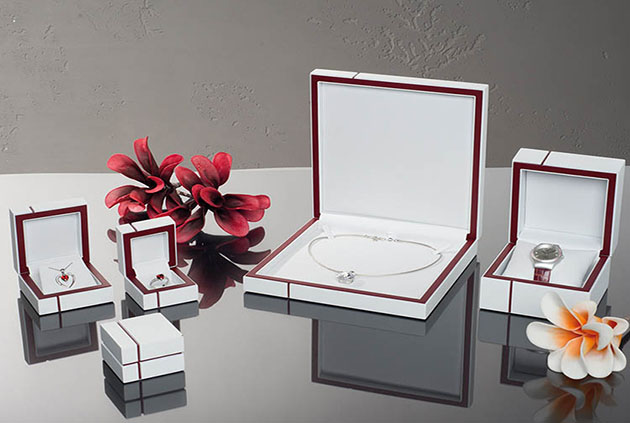
The basic process starts with the main material, which is usually thick paperboard or greyboard. This board is cut to size and then grooved 3. Grooving makes it easy to fold the board into the box shape without cracking. After grooving, the board is folded and the edges are glued together to form the basic box structure. This could be the base or the lid. The next step is applying the cover material. This material is cut and glued. Then it is wrapped around the formed board. This wrapping step can be done by hand. But for businesses making many boxes, machines are much faster and more consistent 2. A jewelry box wrapping machine can take the box with glued cover paper and wrap the sides automatically 3. There are different types of wrapping machines 4, some for smaller scale work 5. After wrapping the outside, the inside needs finishing. This means adding the lining material. This is often fabric or soft paper. Sometimes a separate insert is made to hold specific jewelry items. Finally, any hardware like hinges or clasps are added. Businesses need reliable jewelry box hinges attached equipment at each step to ensure quality and speed. [My personal story placeholder about the first time I saw an automated wrapping machine work.]
Steps in Jewelry Box Making
- Board Preparation: Cut and groove the core board.
- Box Forming: Fold and glue the board into the box shape.
- Exterior Covering: Cut, glue, and wrap the cover material onto the box.
- Interior Lining: Cut and insert the lining material.
- Final Touches: Add hinges, closures, or inserts.
| Step | Manual Method | Machine Method | Benefit of Machine |
|---|---|---|---|
| Board Grooving | Hand knife / Simple tool | V Grooving machine | Speed, precision, consistency. |
| Box Forming | Hand folding, hand gluing | Folding machine, box corner pasting machine | Speed, accuracy in shape. |
| Exterior Wrapping | Hand application, folding | Automatic box wrapping machine 3 | Speed, smooth finish, no bubbles/wrinkles 2, 5. |
| Interior Lining | Hand cutting and gluing | Die-cutting for perfect fit liners | Precision fit, cleaner look. |
What is the best material to line a jewelry box with?
Picking the right material for the inside of the box is important. It needs to protect the jewelry. It also adds to the feeling of luxury.
The best material to line a jewelry box depends on the type of jewelry, the desired look, and the budget. Common choices include velvet, satin, suede, and felt, each offering different levels of protection and luxury.
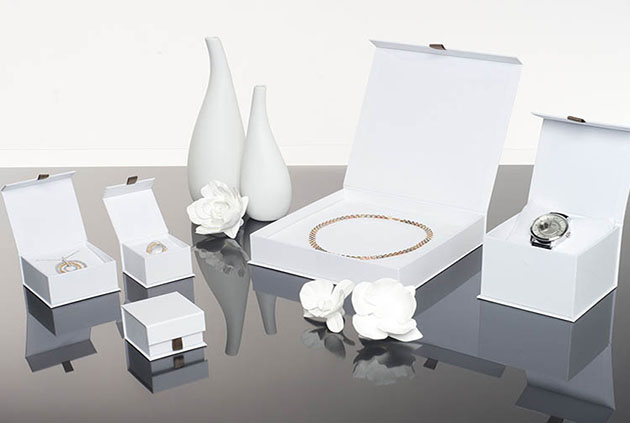
The material inside the box touches the jewelry directly. So, it must be soft and non-abrasive. Velvet is a popular choice. It looks rich and feels very soft. It prevents scratches well. Satin gives a smooth, shiny look. It feels luxurious but might not offer as much grip as velvet. Suede has a soft, napped surface. It provides good cushioning and a high-end feel. Felt is a more economical option. It is soft enough to protect from scratches and is durable. For silver jewelry, some liners have anti-tarnish properties built in. Foam inserts covered with fabric are often used for holding specific items like rings or earrings in place. When choosing a material, businesses should think about the value of the jewelry being stored. High-value items often require more protective and luxurious liners. The material also needs to be easy to work with during the manufacturing process. It must be cut accurately and glued neatly into the box. The precision of the box itself, made by good machines, helps the lining material fit perfectly without gaps or wrinkles. [My personal story placeholder about selecting lining materials for a special project.]
Common Lining Materials
- Velvet: Soft, luxurious, prevents scratches well.
- Satin: Smooth, shiny, elegant look.
- Suede: Soft, napped, good cushioning.
- Felt: Economical, durable, basic protection.
- Foam (covered): Used for inserts, holds items securely.
| Material | Feel | Appearance | Protection Level | Common Use Cases |
|---|---|---|---|---|
| Velvet | Very Soft | Rich, Deep Color | High | High-end jewelry, rings, necklaces |
| Satin | Smooth | Shiny, Elegant | Medium | Necklaces, bracelets |
| Suede | Soft, Napped | Matte, Luxurious | High | Watches, delicate items |
| Felt | Soft | Matte, Simple | Medium | More basic jewelry boxes |
| Foam (covered) | Firm but Soft | Varies with cover | High (holding) | Ring holders, specific item slots |
How do you keep moisture out of jewelry box?
Moisture can be a problem for jewelry. It can cause tarnish on silver or damage other materials. Keeping it out of the box is important for preserving the items inside.
Businesses can help keep moisture out of jewelry boxes by using moisture-resistant materials, ensuring a tight-fitting lid, and advising customers to store boxes in dry environments, sometimes including a desiccant packet.
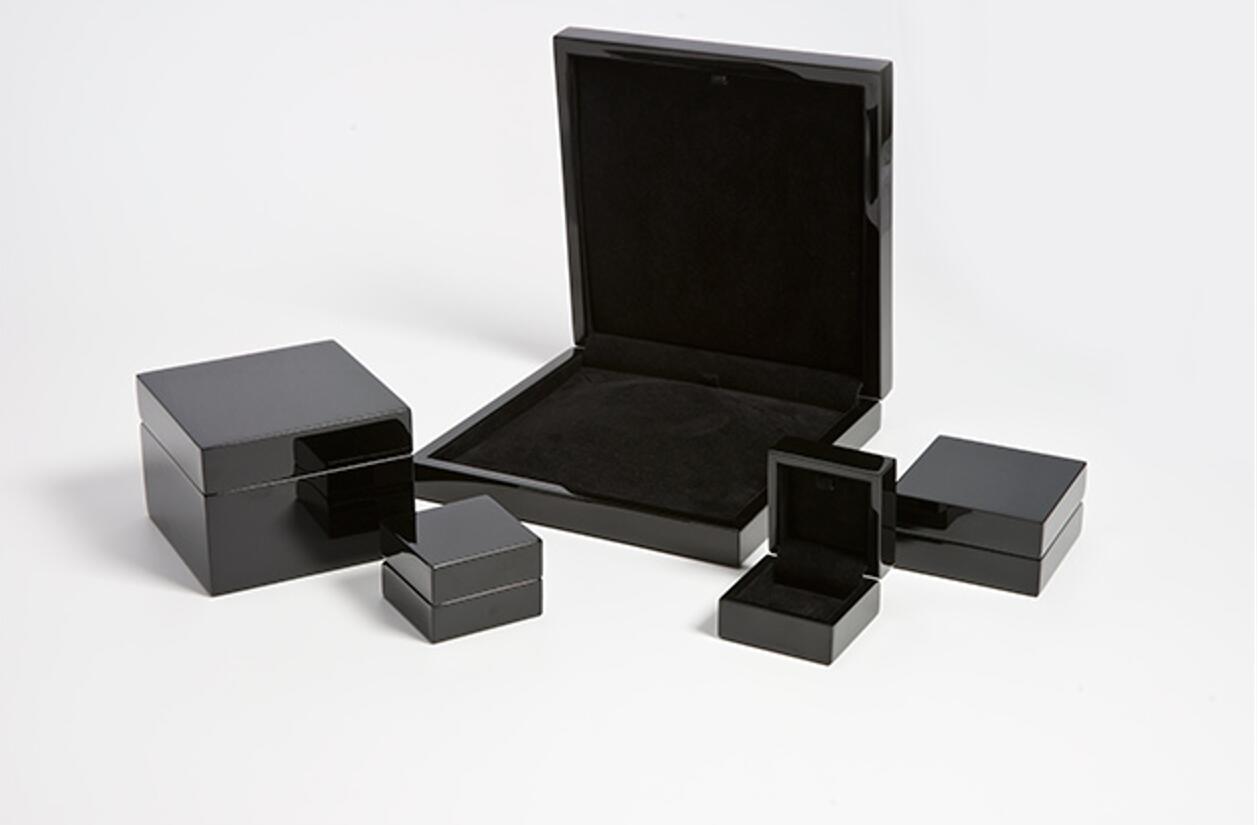
Protecting jewelry from humidity starts with the box itself. While no cardboard box is fully waterproof, choices made during manufacturing can help. Using high-quality board and strong glue helps create a tighter structure. The way the lid fits onto the base is also key. A precise fit reduces the gaps where moisture can enter. Machines that form boxes accurately ensure that lids and bases align perfectly. The cover material can also offer some barrier, especially materials like PU leather 1 or certain coated papers. Some manufacturers use a sealant or coating on the outer material for added protection. However, the most common way to deal with moisture is to include a small packet of desiccant, like silica gel, inside the box. This absorbs moisture from the air inside the box. It is also crucial to consider the environment where the box will be stored. Even the best box cannot stop moisture if it is kept in a damp place. Businesses should advise customers on proper storage. Making a box that is well-sealed starts with precise manufacturing, which is where good machinery helps. [My personal story placeholder about dealing with humidity issues in packaging.]
Methods to Prevent Moisture
- Tight Seal: Ensure the lid fits snugly on the base.
- Material Choice: Use less permeable board and cover materials.
- Coatings: Apply moisture-resistant coatings.
- Desiccants: Include silica gel packets inside.
- Storage Advice: Educate customers on keeping boxes in dry places.
| Method | How it Works | Effectiveness | Considerations |
|---|---|---|---|
| Tight Lid Fit | Reduces air exchange | Medium | Relies on precise box construction. |
| Material Choice | Creates moisture barrier | Medium | Material cost and feel. |
| Coatings | Seals outer surface | High | Cost, impact on box appearance/feel. |
| Desiccants | Absorbs internal moisture | High | Needs to be included in each box, limited life. |
| Proper Storage | Avoids humid environments externally | Highest | Depends on customer actions. |
Conclusion
Making jewelry boxes effectively requires attention to detail, good materials, and efficient processes. Using the right machines helps businesses ensure quality and speed.
-
Reference text mentions PU Cover Making Machine for Jewelry Box. ↩ ↩
-
Reference text discusses advantages of using jewelry box wrapping machines. ↩ ↩ ↩
-
Reference text describes the manual put process and automatic wrapping process of a jewelry box wrapping machine and its price. ↩ ↩ ↩
-
Reference text introduces jewelry box wrapping machines and their importance. ↩
-
Reference text discusses types of jewelry box wrapping machines and their conclusion statement.


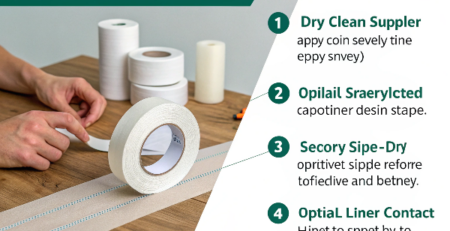

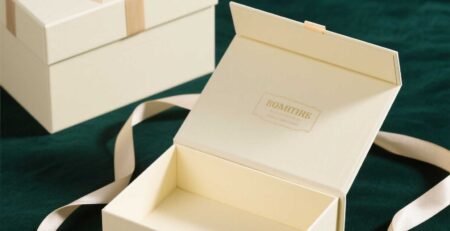


发表回复